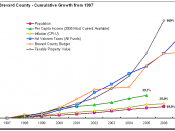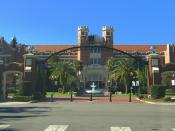Elderly Driving Twelve percent of the US population is over 65, and that percentage is expected to double by the year 2030. The increasing older population is raising a series of questions about whether the American society can support this change in demographics without an extensive change in laws. This raises some big questions in Florida, the retirement capital of the United States. One of those issues is the growing number of seniors on the roadways. The number of licensed drivers over the age of 70 is said to be 17.7 million. As drivers age, it seems their risk for traffic accidents increase, especially accidents involving fatalities. Fatalities among drivers over the age of 70 is said to have nearly matched that of the nations leading cause of accidents, teens. This has brought up the question that if states can enact laws that restrict driving privileges for teens, why not the elderly? In Florida lawmakers have made three unsuccessful attempts to pass a bill that would require drivers over the age of 75 to take vision test before renewing their licenses.
Studies have found that the elderly show an increased effort of self-protection in their driving habits. They drive shorter distances at slower speeds and they drive less at night. Drivers over 70 also make fewer lane changes and avoid rush hours. However, when the elderly adjust their driving habits, they consider the risks they face, but not the external risks they impose on others when they drive. On an average drivers over 70 have slower response rates, they find it more difficult to make the full head turn required to check for nearby cars before changing lanes, and their eyes take longer to recover from glare. Despite these limitations many incapable seniors still hold their driving licenses. Currently the...


